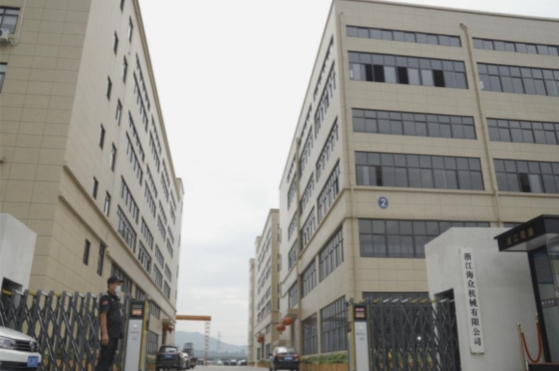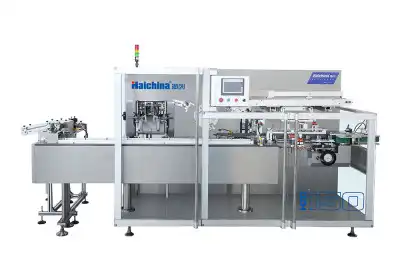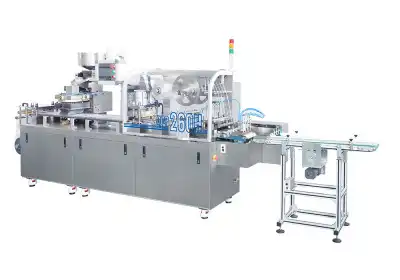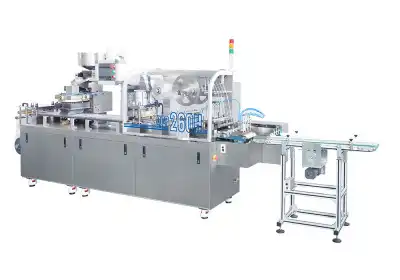Comprehensive Pre-Installation Planning
Assessing Site Requirements
Before the packaging machine arrives, it is essential to conduct a thorough and detailed assessment of your facility. This assessment should cover the available physical space, power supply capacity, and any environmental factors such as temperature, humidity, or dust levels that could impact the machine’s performance. Additionally, verify that the installation area meets all critical specifications, including floor load capacity and ceiling height. Taking these factors into account early helps to avoid unforeseen complications and delays during the installation process.
Coordinating with Suppliers and Technicians
Effective communication with your packaging equipment supplier and the installation technicians is vital. Establish clear and open channels of communication to discuss the expected installation timeline, the necessary resources, and any potential challenges that might arise. This proactive coordination enables all parties to align their expectations and responsibilities. Early identification and resolution of possible issues before installation begins help reduce disruptions and ensure a smoother, more efficient installation experience overall.
Creating a Detailed Installation Schedule
Developing a detailed and well-structured installation schedule is crucial to the success of the project. This schedule should outline each step of the process, including delivery, unpacking, assembly, and testing phases, with clearly defined timelines for each activity. It is also important to factor in any required downtime of existing production lines to minimize the impact on overall operations. A carefully planned schedule ensures better resource allocation, reduces operational disruptions, and facilitates timely project completion.
Optimizing On-Site Preparation
Preparing the Installation Area
Before the packaging machine arrives, it is essential to prepare the installation area thoroughly. This preparation involves clearing the designated space to ensure nothing obstructs the workflow. Additionally, proper ventilation must be checked or installed to maintain a safe working environment. Address any safety hazards beforehand. If required, reinforce the flooring or upgrade electrical systems to support the machine’s operational demands. Such careful preparation helps minimize unexpected delays and ensures a smoother installation process.
Organizing Tools and Components
Develop a comprehensive inventory of all tools and components needed for the installation. Arrange these items logically and in accessible locations for the installation team to easily find them when required. Proper organization eliminates time wasted searching for tools during critical phases of installation. This preparation promotes efficiency and a steady workflow, allowing technicians to focus fully on their tasks, ultimately contributing to a faster, more seamless installation process without unnecessary interruptions.
Implementing Safety Measures
Set clear safety protocols for everyone involved in the installation process. Provide appropriate personal protective equipment (PPE) to all personnel and enforce its use consistently. Conduct a safety briefing prior to starting work, outlining potential hazards, emergency procedures, and safe practices. Emphasizing safety protects your team from injury and reduces the risk of accidents that could cause costly downtime. A strong safety culture supports a reliable and uninterrupted installation, safeguarding both personnel and equipment.
Enhancing Installation Efficiency
Utilizing Experienced Technicians
Engage highly skilled technicians who have specific experience with packaging machine installations. Their deep knowledge and expertise enable them to significantly shorten installation time while minimizing risks of costly errors. Experienced professionals can quickly identify potential problems and resolve them efficiently, ensuring a smoother process. To gain access to top-tier technical support, consider collaborating directly with the equipment manufacturer or hiring a reputable third-party service provider specializing in packaging machinery installations. This partnership helps guarantee a higher quality outcome and reduced downtime.
Implementing a Phased Approach
Breaking down the installation into smaller, manageable phases provides greater control and monitoring at each stage. This segmented method allows installation teams to focus on individual components or sections of the packaging machine one at a time, enabling quicker identification and resolution of any issues. Such an approach simplifies troubleshooting and reduces the overall complexity inherent in large-scale installations. Additionally, this phased strategy improves coordination among different teams and helps maintain momentum throughout the project.
Conducting Parallel Testing
Whenever feasible, perform testing of individual components or subsystems simultaneously with the main installation process. Parallel testing allows early detection of defects or functional problems, thereby significantly reducing overall downtime. For instance, conveyor belts or control panels can be tested independently while other parts of the packaging machine are still being assembled. This approach maximizes installation efficiency and ensures that all systems are thoroughly validated before full operational launch, leading to a seamless transition into production.
Conclusion
Reducing packaging machine downtime during installation requires a multifaceted approach encompassing thorough planning, meticulous preparation, and efficient execution. By focusing on comprehensive pre-installation planning, optimizing on-site preparation, and enhancing installation efficiency, businesses can significantly minimize disruptions and accelerate the transition to full operational capacity. Remember that the key to success lies in proactive communication, leveraging expert knowledge, and maintaining a strong focus on safety throughout the installation process. Implementing these strategies will not only reduce downtime but also set the foundation for optimal packaging machine performance in the long term.
Contact Us
For more information about our packaging machines and installation services, please contact us at [email protected]. Our team of experts is ready to assist you in optimizing your packaging operations and minimizing downtime during the installation process.
References
Smith, J. (2021). "Optimizing Packaging Machine Installations: A Comprehensive Guide". Journal of Packaging Technology and Research, 15(3), 78-92.
Johnson, L. & Williams, R. (2020). "Reducing Downtime in Industrial Packaging Systems". International Conference on Packaging Automation, Conference Proceedings, 112-125.
Brown, A. (2022). "Best Practices for Efficient Packaging Machine Integration". Industrial Packaging Quarterly, 28(2), 45-57.
Martinez, C. et al. (2019). "Safety Considerations in Packaging Machine Installations". Journal of Industrial Safety Engineering, 7(4), 201-215.
Thompson, E. (2023). "The Impact of Pre-Installation Planning on Packaging Line Efficiency". Packaging Technology Today, 42(1), 33-48.
Lee, S. & Park, H. (2021). "A Systematic Approach to Minimizing Downtime in Packaging Machine Installations". International Journal of Production Research, 59(8), 2456-2470.





